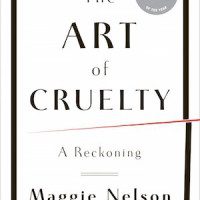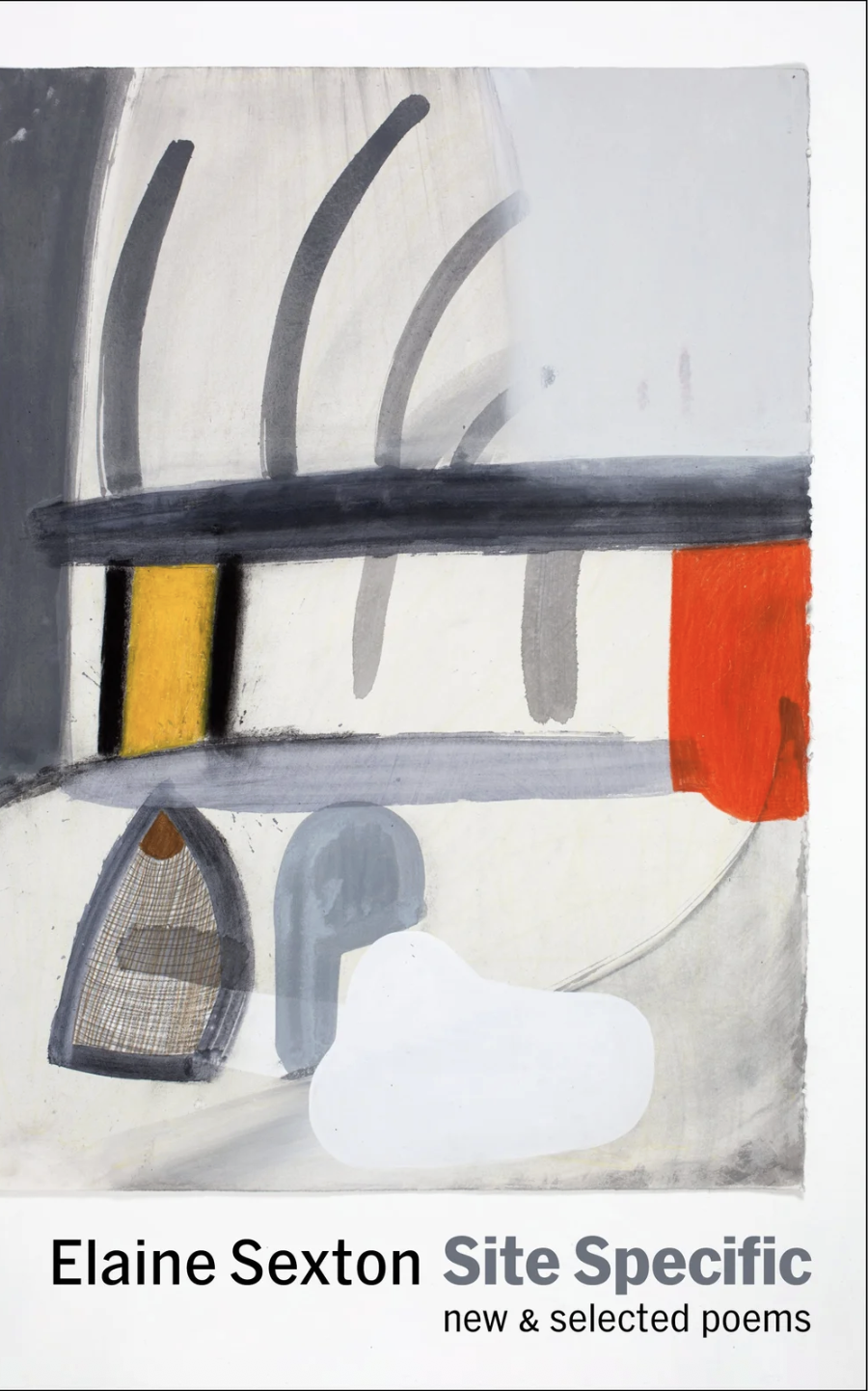Permit me, briefly, a naiveté. Had I thought about art and cruelty together, I would have said, yes, writers, painters, filmmakers depict a good deal of cruelty: Goya, Kafka, Tarantino, not to mention the emotionless airheads puppeteered by novelist Brett Easton Ellis or the one-night pain stands of performance artist Chris Burden, whose most memorable gig was having a friend shoot him in the arm on stage. But since such shock and shudder has such limited appeal (just because a lot of authors write transgressive fiction doesn’t mean they’re being read), I would not have guessed that any critic would insist such acts are artful. Really, there’s more to Less Than Zero than its minimalist deadpan? It seems that cruelty and art risk being too car-wreck enthralling, too Casey Anthony obsessive.
With her new book, The Art of Cruelty, Maggie Nelson begs to differ. She is drawn to cruelty—not for cruelty’s sake but for art’s. Because she looks so intently, we owe her a debt for engaging and, at times, finding meaning in this sub-sub-culture. In her “reckoning,” suggesting not all’s right within this domain, we hear substantive discussions of the “gratified desire for effacement” in Antonin Artaud, Francis Bacon, Diane Arbus, and Sylvia Plath. Many other examples she details issue from performance art: the self-contradictory installations about women and race by the African American, Kara Walker; The Pillowman, a play by Martin McDonagh, linking a writer of childhood murder stories, actual childhood murders, and police interrogations that reveal the childhood sexual abuse of the players; the films of Santiago Serra who exploits poor Cubans in such pieces as 10 People Paid to Masturbate; and a campy video by a college co-ed, Do You Have Time to Kill Me Today, which features the student’s real-life neighbor slitting the student’s throat in take after take, progressively more sickening and bloody.
Readers should know that Nelson is not writing about the “art” of cruelty. Instead, it’s an overview of art made of cruelty—film, performance art, fiction, painting—and cruel-inclined artists. The book also dwells on her response to specific pieces whose ethical edges are razor sharp. Nelson relishes the complexity of gut-churning performances, hates dialectical thinking, and likes quoting what artists say about motive and irony.
A poet and memoirist, Nelson is the author of Women, the New York School, and Other True Abstractions, about women poets of the 1950s, and a faculty member at Cal Arts near Los Angeles where she taught a class, “The Art of Cruelty,” for three years. She is mono-maniacal about why visual cruelties captivate her and seed her ambivalence. Why, she asks in her preface, does she spend so much time on this subject? What’s the relationship, she forecasts, between art and fascism, dehumanization and voyeurism, an artist’s self-punishment and our attraction/aversion?
It’s a brave yet difficult undertaking, difficult because this is a tough treatise to like. Not only is the subject matter enervating—I often put the book down, worn out by the constant knife edge of violent images—but I struggle with Nelson’s ambivalence as the end-all of her enthrallment. She offers only occasional judgments, no consensus, no classification. Sadly, the absence of any structured groundwork or conclusions about many aesthetic and cultural questions feels like a missed opportunity. What, for example, do the different audience responses to Andres Serrano’s Piss Christ and Mel Gibson’s The Passion of the Christ tell us? Is the latter better because its blood-spattering crucifixion seems true to the tale? Is the former worse because its urine is actual?
Throughout, Nelson is catalyzed, disgusted, moved, at times enervated herself by artists and their rage. One traumatizing example is the work of Ana Mendieta. Her Rape Scene (1973) recreates a rape and murder that took place at the University of Iowa. Inviting the audience to her apartment, Mendieta dressed as the victim: “Naked, tied, up, her underwear around her ankles, her body smeared with blood and dirt and bent over a table.” As people entered, they were horrified to see the artist playing dead.
Nelson believes Mendieta’s silent terror play complicates any simple feminist outrage; it repositions, she writes, “a certain cruelty to the self” which then “quickly leaks out to the viewer” and asks us “how will we participate?” Toward Mendieta and others like her, one obvious response is, Why do we have to participate? Nelson fields this suspicion as well: Mendieta’s work “may incite horror, concern, compassion, and revulsion—in short, pity and fear—but it doesn’t offer anywhere for these feelings to go.”
Such simulated pieces crack the barrier between art and life, à la John Cage, which says that contemporary art dispenses with (most) filters so we might examine what truly confounds us. Yet the Cagean tack registers with most slices of cruel art the same slack jaw result: shock and immobility.
Perhaps the glue of cruelty’s hold is not its “art” but its performance, its visceral slap, its full-frontal assault. For Nelson, the point of performance art lies in the “unruly, inscrutable, multivalent, un-ownable” sphere. “When things are going well with art-making and art-viewing,” she notes, “art doesn’t really say or teach anything.” But what does it mean for an art, an artist, and a culture when things are “not going well?” Is this as true of a performer artist’s work as it is of Francis Bacon’s? Are there standards for art made of cruelty?
Though I understand Nelson’s style of exemplification—let the pieces and their horror speak for themselves—I was left with no broader understanding. Most of all I wanted her to pull back and provide some pragmatic analysis. What are the consequences of such violence in art, not just in her but in the culture?
Nelson writes that to appreciate women depicting violence, “One has to develop a sharper ear for dissonance, for artistic instances and tonal nuances, that do not derive their charge from making pit stops at well-trod narrative stations.” Artistic instances she ladles by the bucketful. And I agree about the tyranny of narrative. But tonal nuances? Where is subtlety in Self-Portrait/Pervert, Catherine Opie’s photo of herself, pierced by forty-six needles with the word “pervert” “freshly carved, in ornate lettering, in the skin of her chest?” My experience of Nelson’s experience of Opie’s self- and viewer-assault is that neither of us understood what our feelings—our tonalities—were, let alone where they should go.
By the book’s end, I sensed a trade-off: I was more aware of this art’s disturbing purposefulness and less willing to sit with its pummeling whether by the artist or the critic. Which may be the (double) value of her book. An education in, and a flight from, distaste.
Nelson says of Sylvia Plath that the poet “wields her scimitar of clarity without letting any air into the room.” “One may love, respect, and admire the work, but one may not always feel like hanging out in its little room, or feeling the press of its walls. One may have to be, as they say, in the mood.” A fitting description of the reader’s plight through Nelson’s ambitious, incisive, blood-boiling, duck-and-cover essay.




